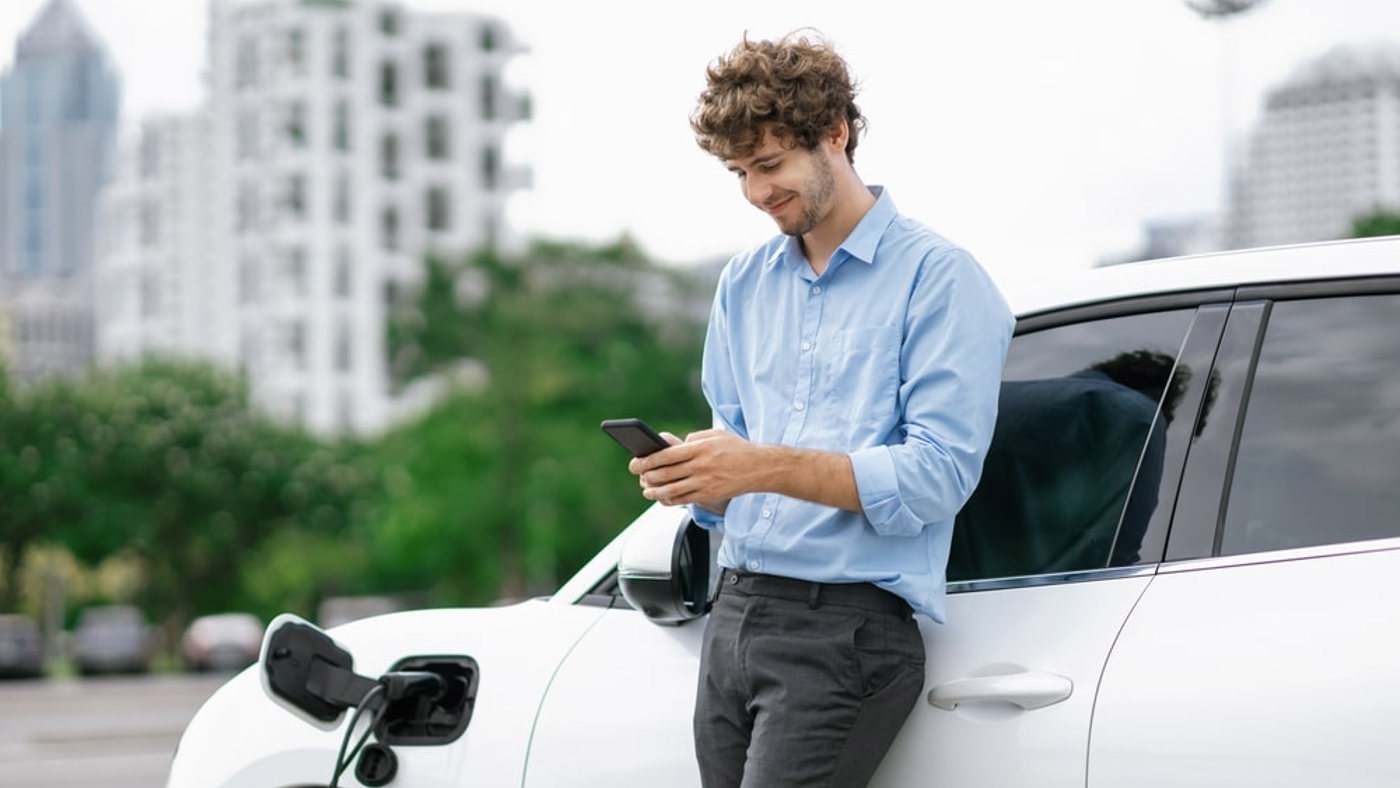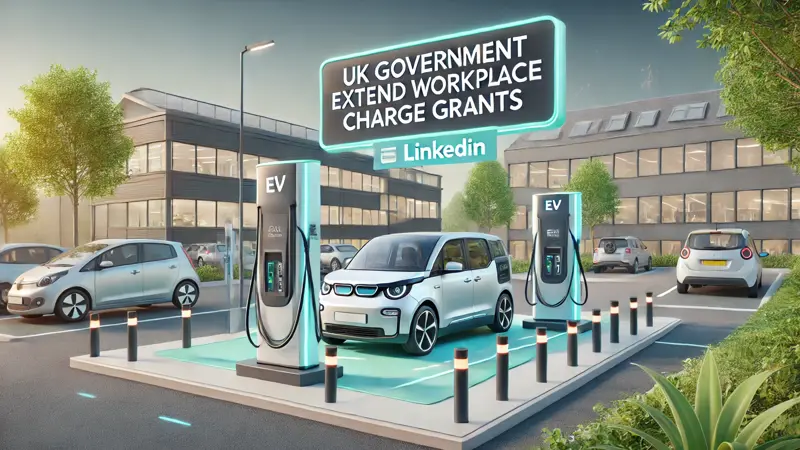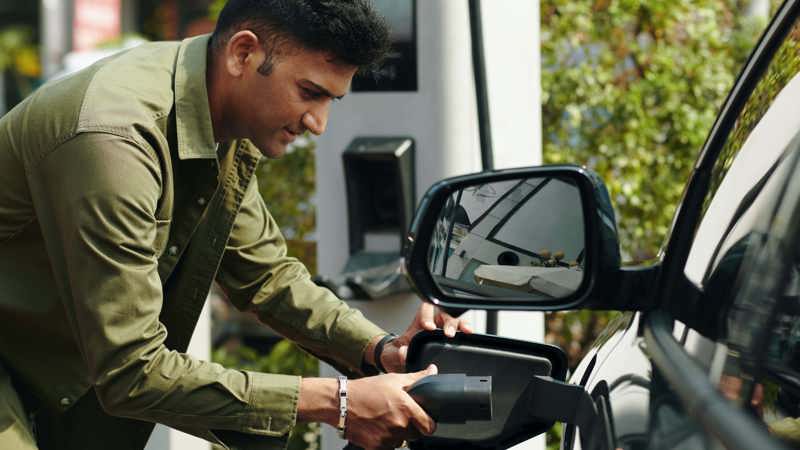
EV News: EVs more affordable, and EV range tests discussed
The Most Affordable New EV To Hit the UK Market This Year
We’re starting this week’s news round-up with a much-talked-about new vehicle making waves. The Dacia Spring EV gears up for its UK debut this year. And it’s garnered many headlines because of its enticing price point under £15,000, as motoring journalists label it the most affordable option yet.
With another exciting EV launch coming hot on the heels of us covering the much-publicised all-electric Renault 5 E-Tech revealed at the recent Geneva Motor Show, it seems major car manufacturers are ramping up their electric offerings.
What makes the Dacia Spring stand out is its combination of affordability and popularity across Europe. An exciting price tag of £14,999 has this EV poised to redefine affordability in the UK E-mobility market as Dacia continues to challenge the traditionally high costs associated with switching to electric cars.
It seems the compact electric car is not only budget-friendly but also packs a punch in terms of incentives designed to further demonstrate the model’s role in promoting the adoption of EVs. As it gears up for its debut on UK roads in October 2024 the pre-orders phase includes a £250 contribution towards a home charger. No doubt this car is going to appeal to a wide range of drivers seeking to make the switch to electric without breaking the bank.
EV Range Tests Up for Discussion
Range Anxiety: when will it end? An EV’s range and its perceived limits have long been a talking point when discussing the potential barriers to EV adoption. And range has found its way back into the headlines this week as EV performance measures have caused a stir.
Official EV range tests, challenged twice yearly by WhatCar? (in the height of summer and the depths of winter) were found to be unrepresentative of real-world delivery. The investigation found that there can be a major difference between the official Worldwide Harmonised Light Vehicle Test Procedure (WLTP), which is used to measure range, and the distances drivers can find themselves experiencing in real-life conditions.
On average, the EVs tested achieved only 83% of their claimed range in typical winter driving conditions. And the biggest shortfall was 38% lower than the vehicle’s published range.
EV manufacturers are required to publish ranges which are achieved in laboratory condition tests, including gentle acceleration under 23 degrees.
What Car? carried out their winter range test comparing a selection of 12 fully electric cars
and reported the number of miles expected to be achieved on a full battery charge is being potentially overstated in some models by as much as 40% in officially published manufacturers' figures when compared to the reality during low temperatures.
This disparity between the advertised range and reality is seen as a problem by the UK’s biggest car-buying brand which says it wants to help the industry avoid leaving some drivers disappointed with their EV purchase and worse still put other potential EV drivers off making the switch to electric at all.
It's perhaps worth noting their previously covered real MPG testing with drivers noting ICE vehicle's official fuel economy ratings are difficult to achieve in real life. And the biggest ever gap recorded was 41%.
As the demand for EVs continues to rise, the independent title says providing drivers with realistic range estimates for both summer and winter conditions is crucial for building consumer trust and facilitating the transition to sustainable transportation.
UK Ranks 23rd of 30 European Countries for EV Purchase Incentives
A new study conducted by automotive experts at Leasing Options has revealed that the UK lags behind other European countries in terms of EV sales incentives.
Analysing 30 European countries the leasing marketplace unveils a notable discrepancy in EV purchase incentives and the UK falls in the bottom third of the rankings at 23rd place.
The study's insights underscore the positive relationship between incentive structures on consumer behaviour and market dynamics. Highlighting countries with ‘robust’ financial incentives to propel EV adoption seeing the biggest growth.
The countries leading the charge in the growth of EV purchasing such as Slovenia and Greece with 228% and 159% growth respectively perhaps then unsurprisingly appear in the top 10 of financial incentives.
While initially offering a £3,000 grant for zero-emission vehicle purchases up to £50,000 in 2020 and 2021. UK incentives were subsequently halved to £1,500 in 2022 and discontinued entirely in 2023.
Romania tops the charts ranking number 1 in offering the highest average battery EV purchase incentives from 2020 to 2023 at €11,375 with their government offering a grant to encourage drivers to purchase a new BEV and scrap their old vehicles.
Evidencing that enhanced incentives in the UK could not only drive greater EV demand but also stimulate market growth and innovation. It will be interesting to see if policymakers face more pressure from the automotive sector to reevaluate and strengthen incentives following a general feeling of disappointment at the UK’s lack of EV purchase incentives during the recent Spring Budget.
UK Emissions Reach Lowest Levels Since 1879
In a significant milestone for climate action, UK emissions in 2023 reached their lowest level since 1879, according to a new analysis reported by Carbon Brief.
The latest evidence, based on government energy data shows CO2 levels of 383M tonnes, a 5.7% decrease from the previous year and the first time they have ever dropped below 400M.
The decline is attributed to various factors, including an 11% reduction in gas demand and increased renewable energy generation.
These findings mark a significant step forward in the UK's journey toward achieving its climate goals of reaching net zero emissions by 2050. However, with transportation standing as the single largest contributor to emissions, there's a pressing responsibility for this sector to take the lead in driving change.
Student-Designed Coffee-Inspired EV Charge Points
Top Gear presents a peek into the future of EV charger design. Anderson EV invited students from the University of Creative Arts in southern England to compete to become their ‘Designer of Tomorrow’.
This student-led initiative not only showcases the remarkable creativity and talent of young designers but also the pivotal role of sustainable innovation in shaping and inspiring the future of transportation.
The winning design cleverly embraced a coffee theme, perhaps drawing inspiration from the drink many drivers enjoy while waiting for their EV to charge. Additionally, it aimed to address the environmental issue of half a million tonnes of coffee waste sent to landfill sites annually. Aptly named 'Java,' the concept integrated coffee-inspired elements into its textured appearance and the material composition was made from spent coffee residue in a bio-resin mixture.
CEO of Andersen EV, David Martell, said: “This competition has allowed us to inspire the next generation of designers and explore future concepts in home charging. Great design and advanced technology can be fostered in unison, and it has been very rewarding to see how the students have explored the interplay of form and function.”


